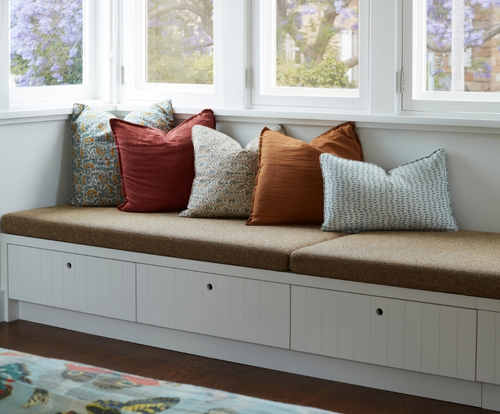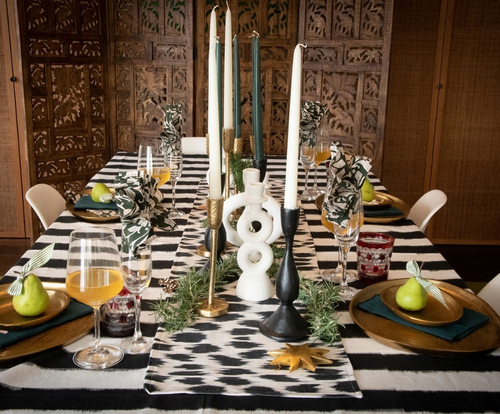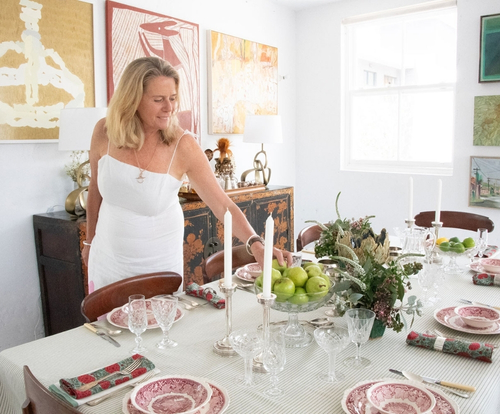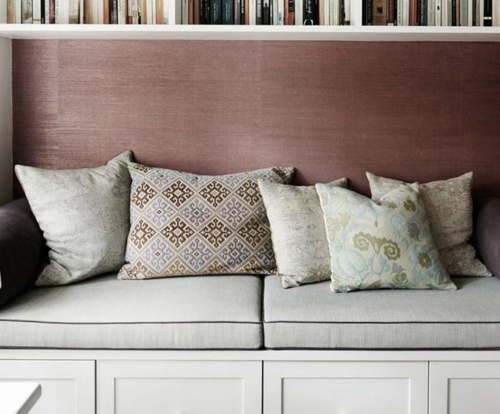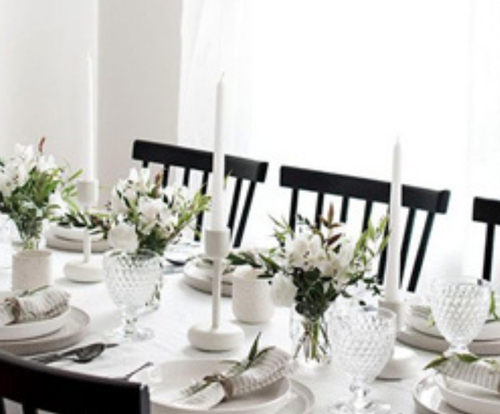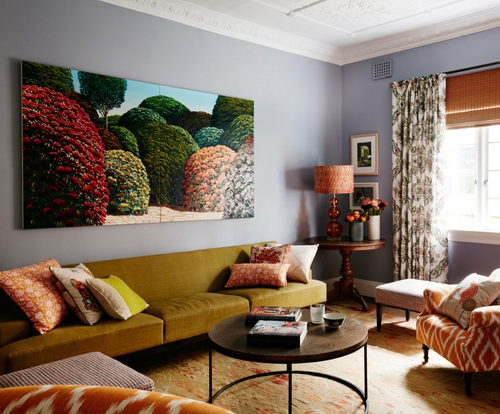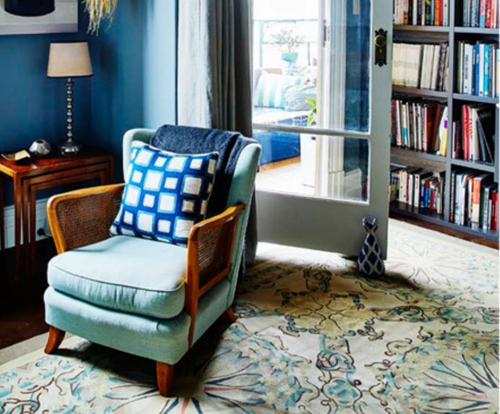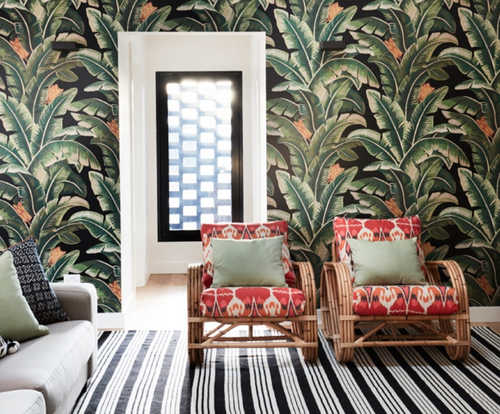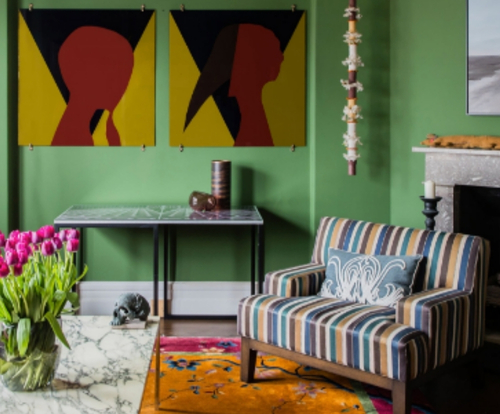Fixed Upholstery versus Slipcovers
Date Posted:16 March 2022
Tina caught up with Chrissie to get the low down on slipcovers and fixed upholstery, and some comparisons of the two.
It is a busy period for No Chintz, and I was fortunate enough to pin down owner and artistic director, Chrissie Jeffrey to get the low down on slipcovers and fixed upholstery, and some comparisons of the two. Here’s what I found out:
Upholstery is when fabric is stretched around furniture, stapled, glued, or nailed and stitched into place in parts. Velvets, wool, brocades and silks and more expensive fabrics were used in this manner of upholstery. Attaching the expensive fabric to the furniture made the item more valuable.
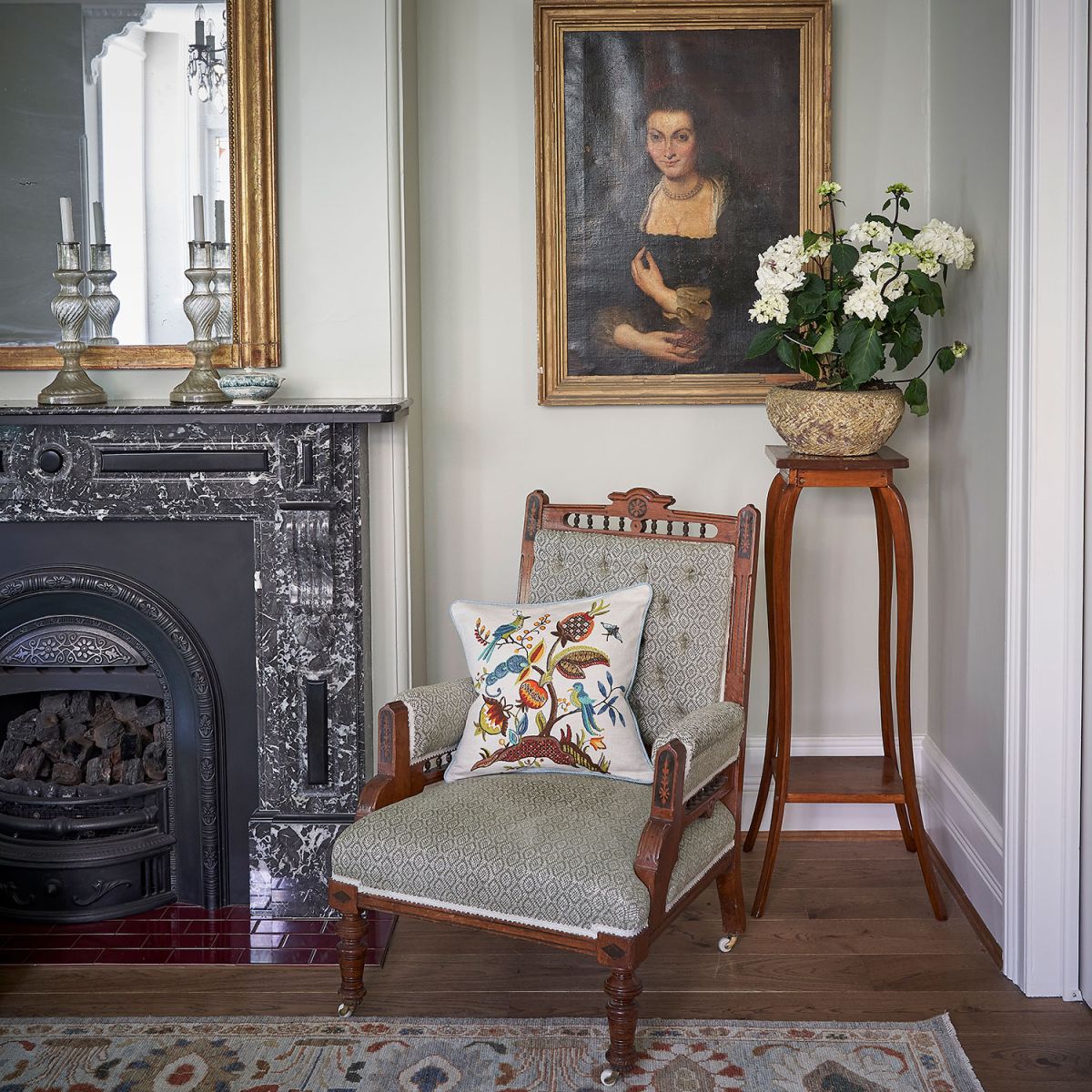
Slipcovers are more like making a tailored garment for the furniture. The slipcover came about as a protection for the expensive original furniture. Going back in time, a living space would have had chairs covered in these expensive and formal fabrics as a matter of course. If the men of the house were sitting themselves down on these chairs on a regular basis in their dusty work clothes, some sort of covering was necessary to protect the valuable furniture and give it longevity.
-web.jpg)
There are two ways of making slipcovers: there is the loose, unconstructed look which has been fashionable for many years now.
In England, it became fashionable to use chintz for loose covers. It was an American hostess of some fame who took the idea to the English gentry of using chintz for covering formal furniture and extending it to curtains and other soft furnishings.
It became the rage in the 1880s and 1890s; there was chintz everywhere.
Fixed upholstery in the modern world still uses thick velvets, sturdy silks and performance fabrics like polyester and nylons.
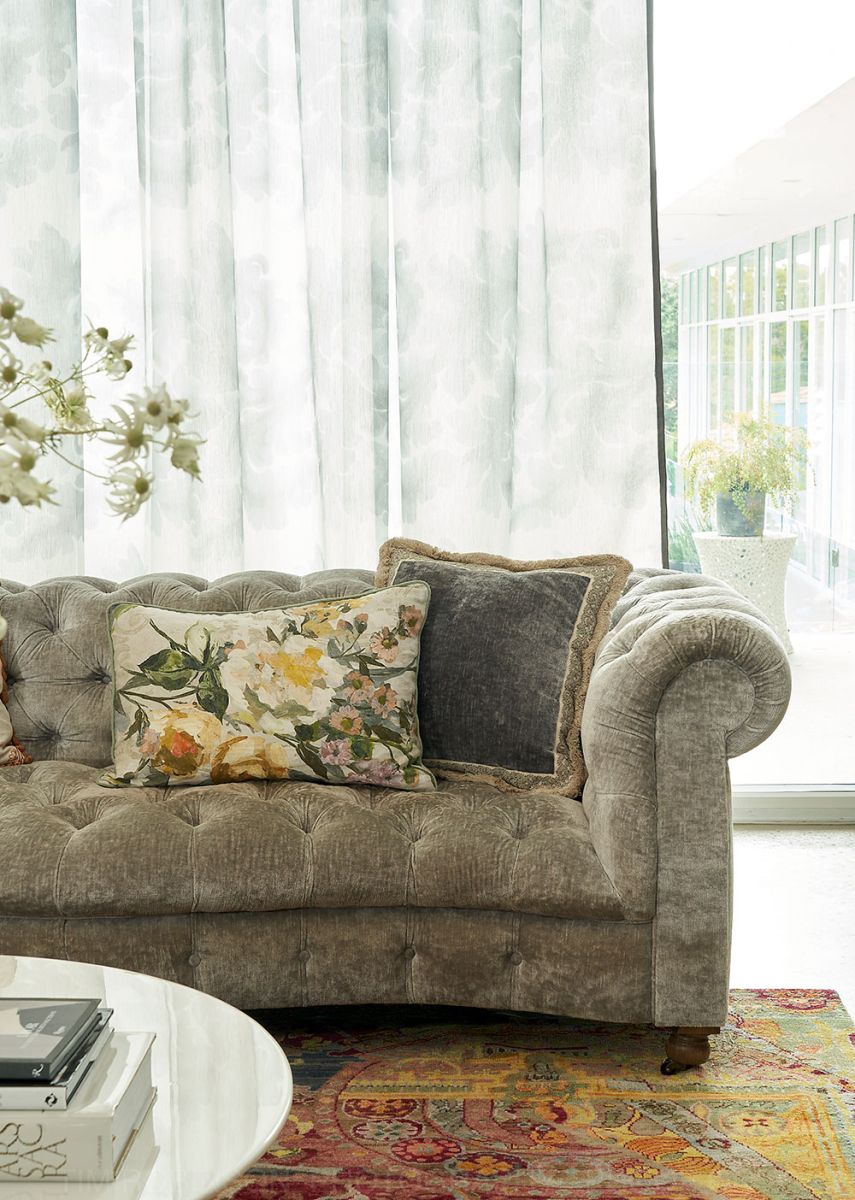
For slipcovers, one needs to choose the fabrics carefully. Cottons and linens are good choices here, and best not upholstered. It has a lot to do with the nature of the cloth’s fiber. These fabrics respond better to being laundered as opposed to being steam cleaned which is how one has to clean fixed upholstery.
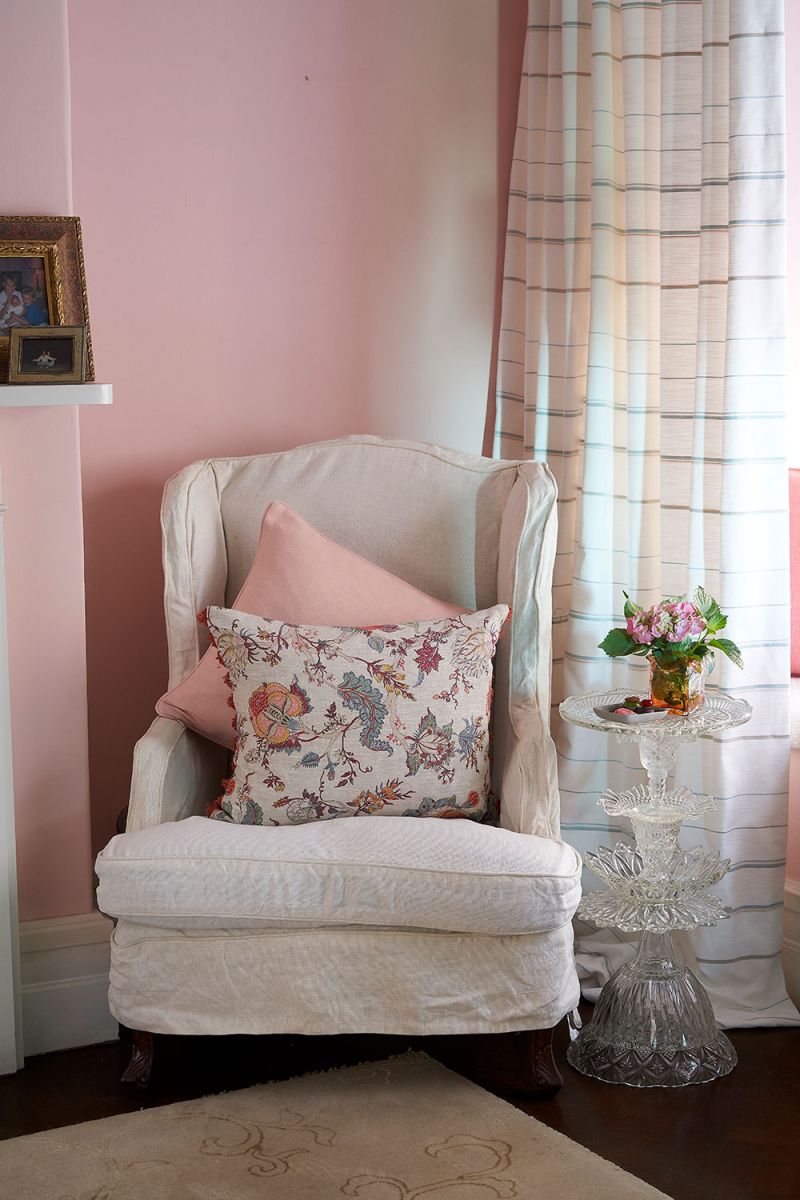
Steaming furniture covered in cotton and linen can break down the fibers, causing the upholstery to lose its shape.
Wool for instance, is better upholstered, as it responds more readily to being steamed rather than washed.
When you are slipcovering there are really two choices:
There is a casual, unstructured style, made famous by Italian designer Paula Navone.
The traditional slipcover done properly is meant to fit like a tailored frock. It should look the same as upholstery.
If you have a historic piece, or furniture that has perfectly good fabric on it, but you just want a change, a slipcover is a great solution.
Slipcovering is an art and can even be more expensive that re-upholstering. You might need more fabric than for upholstering. It needs to fit perfectly but be easy to remove for washing. It should be constructed in a way that it doesn’t lose its shape after washing.
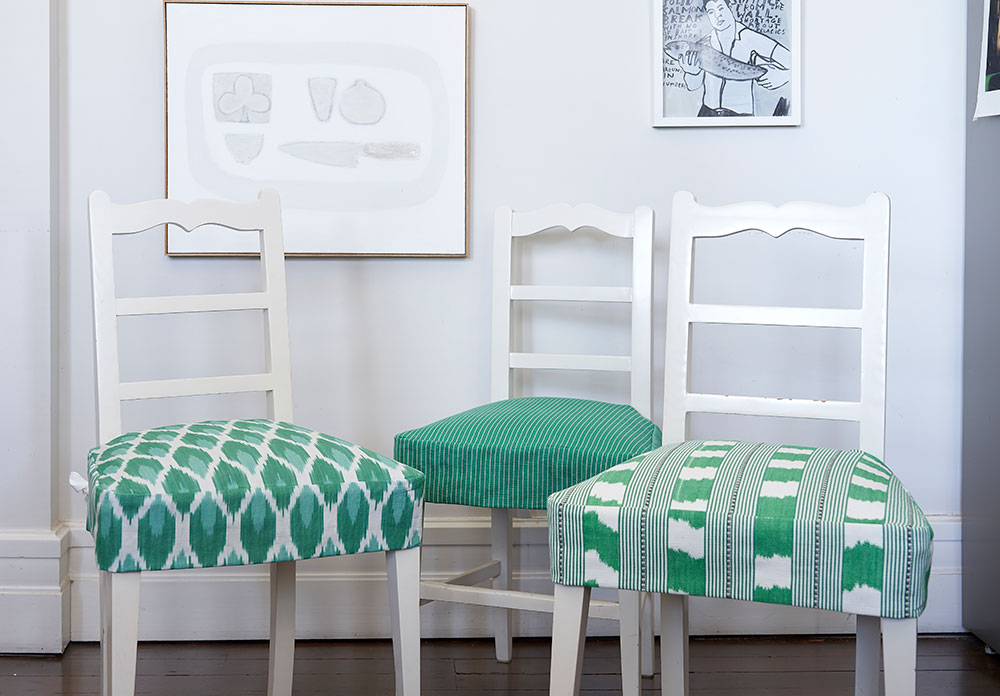
Slipcovers are great for those who love white interiors because you can get the covers off and deal with all of life’s little mishaps with a quick wash. When clients want a white bedhead or an armchair, No Chintz always recommends a slipcover.
If you’re doing up fixed upholstery but going to have zip off cushion seats covers, one could get extra cushions made up, and some arm caps. It gives you the flexibility with cleaning.
In summary, it’s fun to know that there is not much you can’t slipcover. No Chintz has even done office chairs! You do need to part with the piece of furniture, so exact measurements can be taken and checked along the way by the upholsterer.
Upholstering can take time. It can take from 6 to 12 weeks depending on how tricky the shape of the furniture is.
For single chairs and dining chairs, a toile is made for the client to view, before proceeding with the new fabric.
If you would like to get a slipcover made or have your furniture reupholstered, please contact us or visit your nearest No Chintz store and our team will be happy to assist you.
Chrissie Jeffrey was chatting with Tina Gomes Brand

Tina Gomes Brand is a freelance writer who searches out all things creative from food and architecture to travel, fashion and interiors. Brand writes from a broad experience of interacting with various cultures and collaborating with creative people everywhere.





